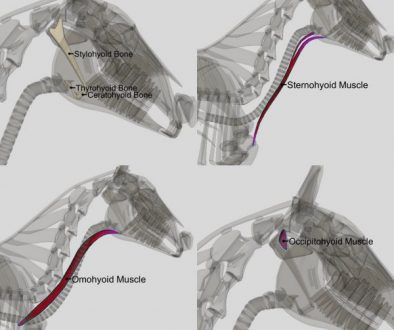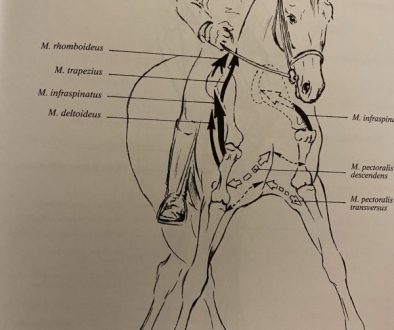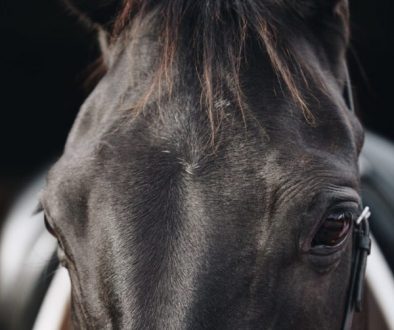Gaited horses
Riding Gaited Horses
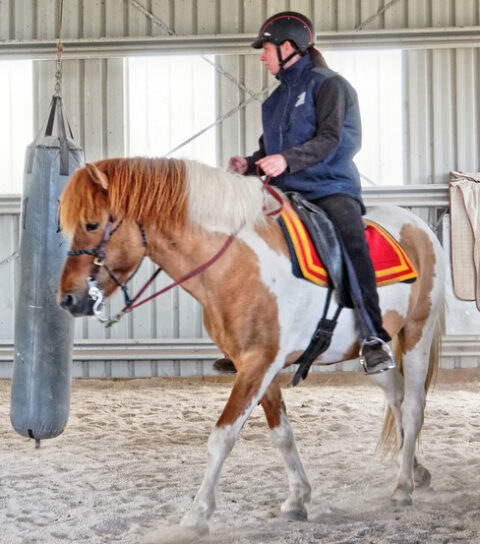
I am lucky enough I have good friends who introduce me to all sorts of riding styles, and sometimes I have the pleasure of working with gaited horses, so having an open mind and playful approach to try different styles of riding is very helpful. And the possibilities to have fun with your horse are endless.
Sitting on a gaited horse for the first time put a huge grin on my face, and
I completely understand the passion for these horses they are very bright, especially the Paso Finos and the proud extremely level headed Icelandic horse.
Once you experience the smooth ride in the toelt, you sit and relax just awsome.
But these amazing horses are not without their challenges, timing and feel have to be spot on.
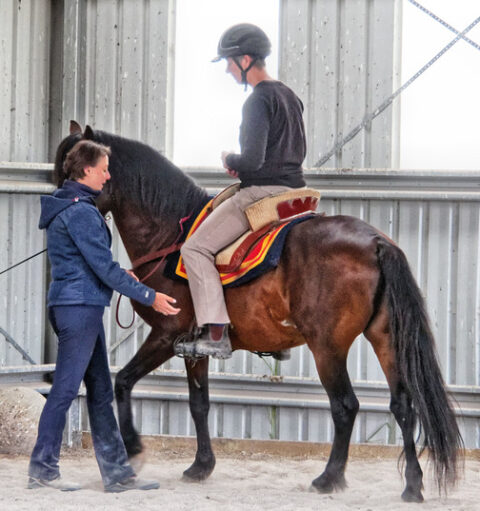
Now when you start riding gaited horses, you have to fine-tune these skills even more, as some horses’ gaits are not clear, and they need to be established. Sometimes the basic paces are not as steady or reliable; therefore they can cause anxiety as the horse doesn’t feel in complete control over its legs and makes up for it with speed – running away from the situation. So timing and feel are an essential part of the equation, continually checking in with them and giving rhythm and clarity to the gait, riding with a soft, supple engaged seat. To place the horse in even balance supporting his legs helping him to find them where he needs them.
Luckily for you, they have up to 5 gaits. Riding all of them clean is extremely rewarding! Walk, trot, canter, tolt and pace.
The riders feeling and timing come into play as you need to ride all of these gaits clean without tension or anxiety.
My passion is dressage, not necessarily for the show ring, but to have a healthy horse for a long time that stays sound and is a willing partner and enjoys the work.
Looking at a horse, you would like to see a soft outline; this not just a pretty picture.
You are connecting the horse to the bit, not locking the reins or throwing them away but having a smooth, steady contact with continuous communication, without any kinks or dents.
Riding the horse with a supple back and an engaged hind leg, as well as an engaged core and if the body works correctly the head and neck will follow, and you have a happy, content horse underneath you.
Your horse has to be relaxed and a willing, allowing your horse to move forward with a soft swinging back. So the first step is relaxation! Most gaited horses have a pleasant walk, and it is possible to refine your aids and cues through the walk and then work on your transitions into the tolt. Play with the frame, stay relaxed, lengthen the frame, shorten the stride, sit up tall and soft through the hips, bring the hindleg more under the horse while the neck stays round and smooth like a telescope and finally bring the horse from the back to the front, lift the withers and drop the croup.
A lot of time goes into the preparation setting your horse up for success and practising transitions in and out. Shortening and lengthen the frame working on extending the topline. Opening the gullet and keeping the poll soft.
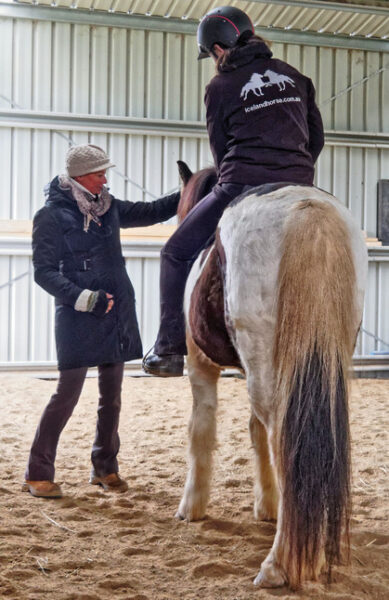
Working on a circle is a great way to gain control over your horse’s body. If you reduce your speed, you can tighten the circle and similarly you can open the circle up by increasing your tempo. Working on a magic circle is a great way to play with shoulder placements opening the shoulder up widening the chest, giving the hind legs more room — what an excellent way to introduce lateral work, shoulders-in, quarters-in, renvers. Change the rein so you can work on both sides. Eventually, take it to the long side for a better control line.
You really would like to have a forward-thinking light horse that you can control from your seat using leg aids, and then you need to work on your self-carriage, staying light and supple in the saddle. Use your mind to keep the horses engaged.
Pay particular attention to the tolt as this is an engaged gait stay relaxed ride your horse forward, round and soft, not too much tension or a tight rein.
A to tight rein and restricting hands brings out the under-neck of the horse and locks the back. So ride your horse into the correct position, don’t pull your horse into it, and activate your horse’s hindleg with as little effort as possible.
As always it takes time and attention to the detail as well as patience to train your horse to be in balance and healthily use their body so they can effortlessly carry a rider employing all gaits with ease and confidence.
Riding a canter; transition without stiffening or tightening the back and if this done well, it is a real credit to the well-balanced rider who can demonstrate good feel and timing.
As always a well-established proud supple seat goes a long way.
Foto credit goes to Yvonne Lehey!

